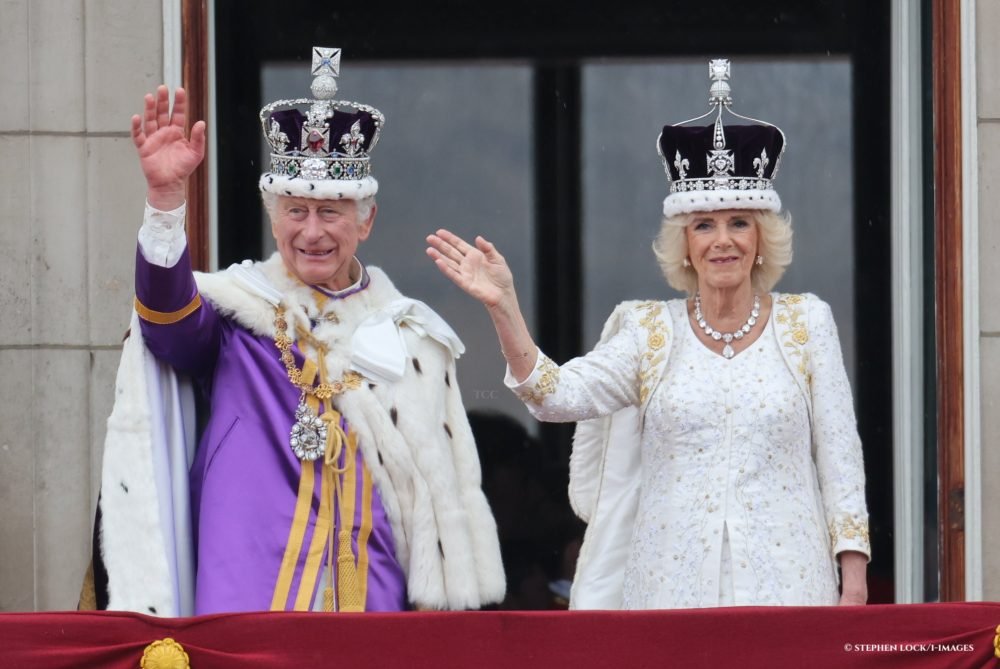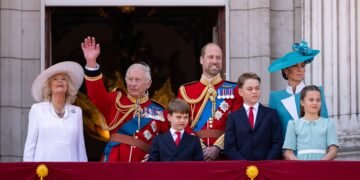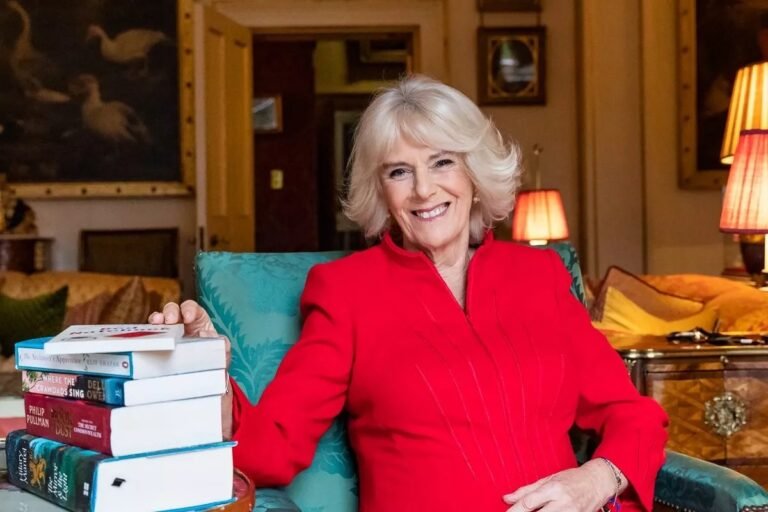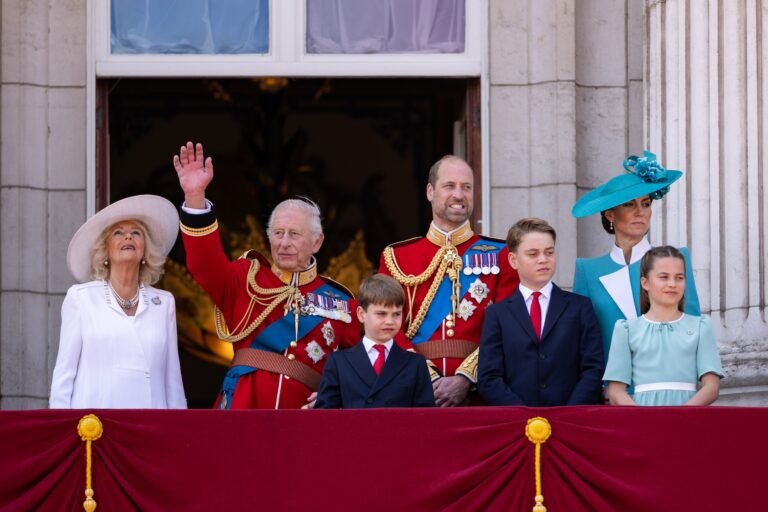Buckingham Palace has issued its annual financial statement, more commonly known as the Sovereign Grant Report, for the financial year April 2023 – March 2024.
According to the report, the Sovereign Grant for the last 12 months totalled £18.4 million (an £18.4m drop from 2023’s £107.5m Grant). It is the equivalent to £1.29 per person in the UK to pay for the Monarchy.
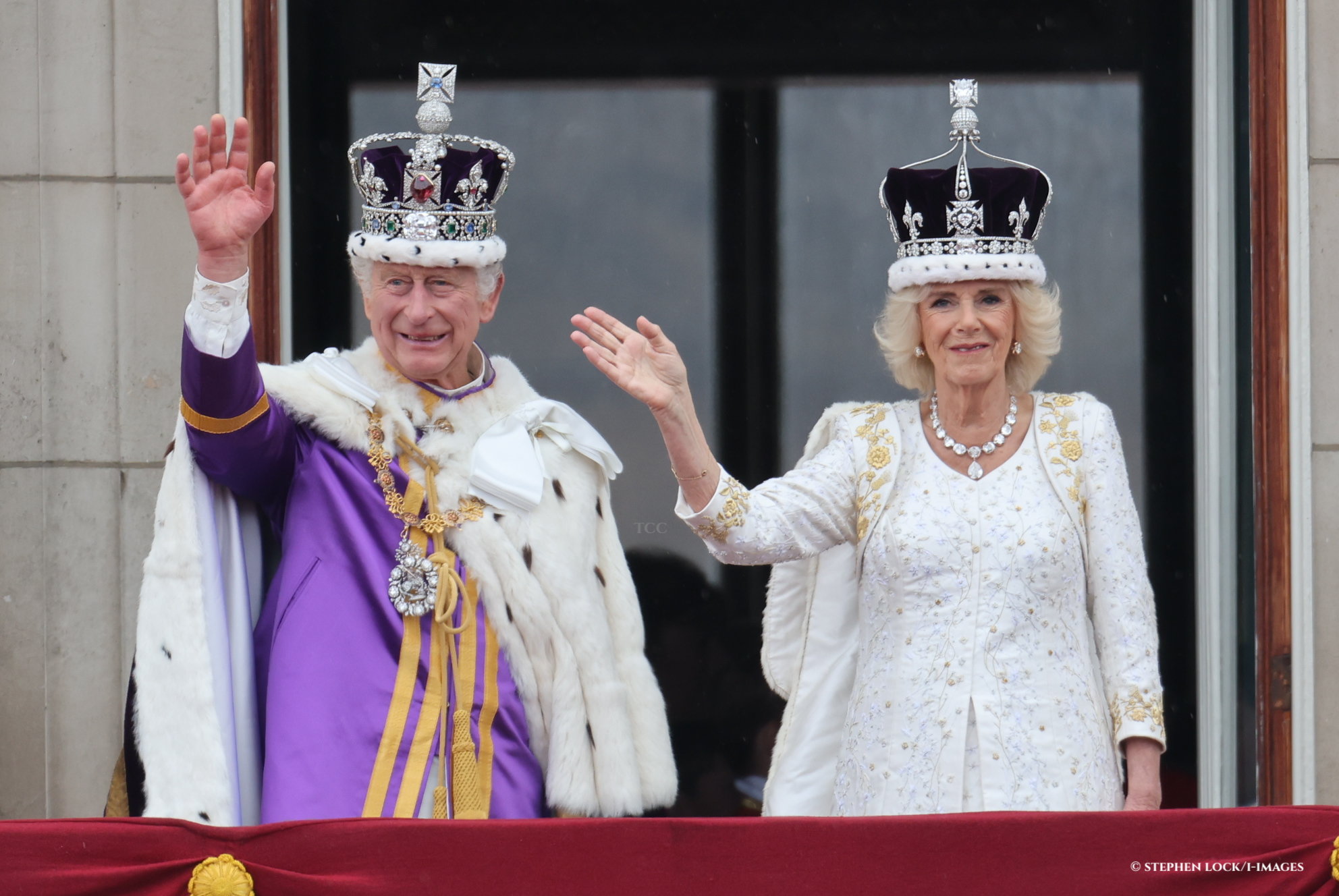
How is the money given to the palace calculated?
The Monarch owns the Crown Estate, effectively a property business that is run independently from the palace by a committee. The Monarch or Royal Family has no say in the running of the estate and do not take any profits from the estate.
When George III relinquished his income from the Crown Estate in 1760, this came in exchange for fianancial support for the Royal Family via the Civil List. The Civil List was replaced by the Sovereign Support Grant in 2012, which is based on the success of the Crown Estate.
Usually, the Privy Purse receives an amount equal to 15% of Crown Estate Profits for the last two years, but – at present – it receives an amount equal to 25% to help fund the decade-long refurbishment of Buckingham Palace.
Crown Estate profits for the financial year 2020-21 amounted to £269.3 million, therefore producing a Sovereign Grant of £51.8 million for 2022-23, with an additional 10%.
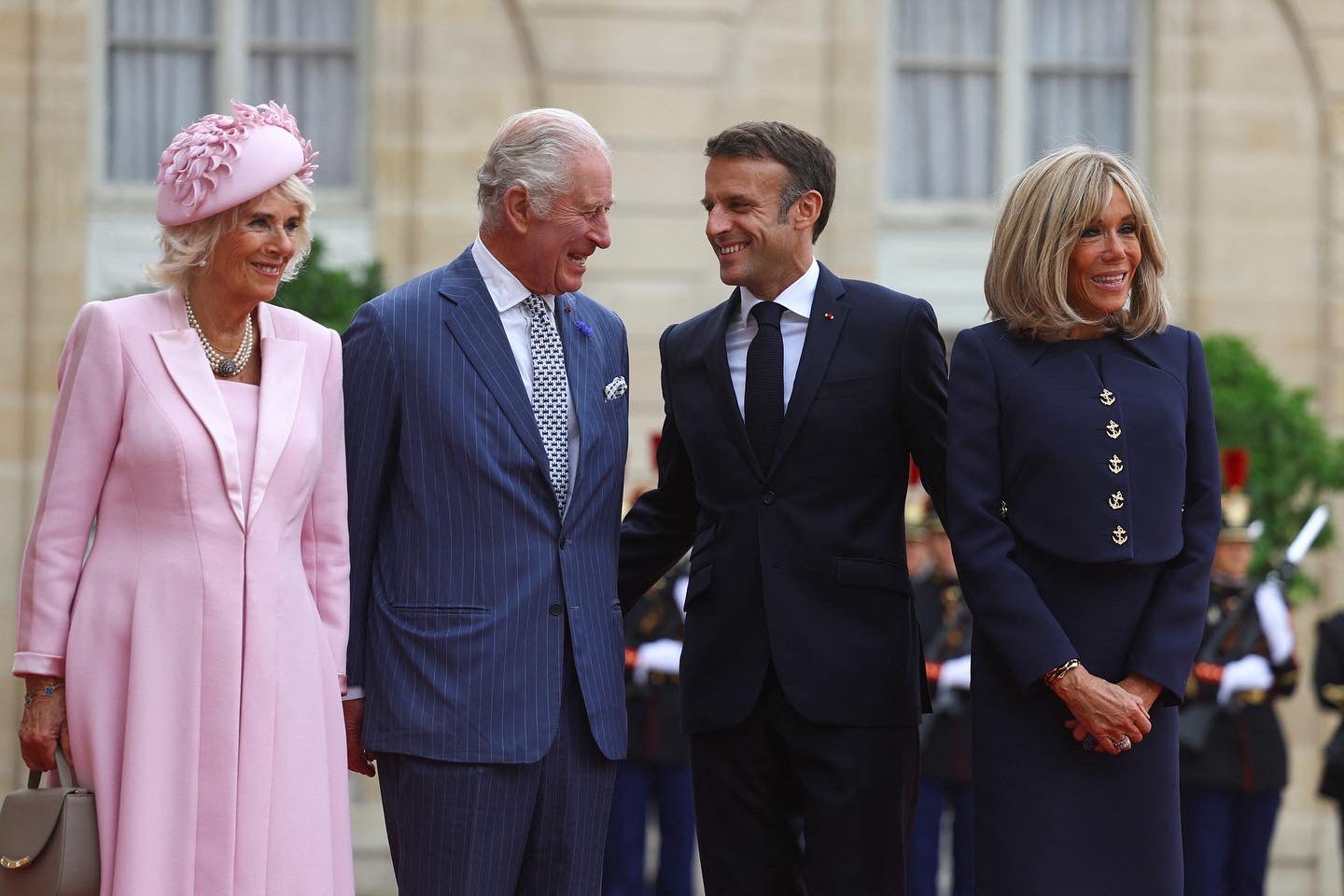
What was the Sovereign Grant spent on?
Staffing:
Wages for members of staff formed the largest part of spending for 2023-2024. Employee numbers increased by 6, to 523 for this financial year, counting 10 new permanent, and four fewer contracted staff.
This cost £32.1 million of the Sovereign Support Grant, a slight decrease of £200,000 on last year.
The report also records the gender pay gap at 2.23%, down from 5.71% on the year previous, vs the national gender pay gap of 14.3%, indicating generally fair pay across the board.
Travel:
A major expense for the Royal Family every year is official travel. Last year, the cost of the Royal Family’s travel for official work and visits came to £3.9 million. This covers the cost of cars, the royal train, the royal helicopter and flights on official business.
Members of the Royal Family do sometimes take commercial flights to cut back on costs, but also to consider the environmental factor.
🇱🇰 This week, The Princess Royal and Sir Tim Laurence visited Sri Lanka to mark 75 years of diplomatic relations between the United Kingdom and Sri Lanka. It was the first royal overseas visit of 2024. pic.twitter.com/Oeh5cZgtnY
— The Crown Chronicles (@crownchronicles) January 14, 2024
Members of the Royal Family participated in 2,327 official engagements across the UK and overseas in the last 12 months, down from 2,715 on the previous year. The health news of The King and The Princess of Wales, both being treated for cancer, saw decreased travel requirements for official engagements in the last quarter of the reporting year.
The most expensive trips were:
– £166,557 – a charter (or private) flight for The King and Queen for their State Visit to Kenya, which was their first visit to a Commonwealth country since Charles’ accession.
– £117,942 – a charter flight for The King and Queen for the State Visit to France.
– £48,112 – a commercial flight for The Princess Royal for her visit to Sri Lanka.
– £41,597 – a charter flight for The Prince of Wales for his visit to Kuwait, to pay condolences following the death of Emir Sheikh Nawaf al-Ahmad al-Sabah.
Such trip costs also generally include the cost of planning these visits, in the form of team recces for logistical purposes.
The Royal Train also took a large portion of expenditure with one trip costing just over £52,000; the visit saw The King visit Yorkshire for various engagements, including marking the centenary of the Flying Scotsman and the 50th anniversary of the North Yorkshire Moors Railway.
It is understood that the royal household will take delivery of two new helicopters in the next financial year to replace the existing 15-year-old ones; they will partly use sustainable aviation fuel, while the Bentleys in the royal car fleet will be converted to run on bio-fuel within the next year. The switch to official electric cars in the future is also on the table.
Entertaining: When it came to official hospitality and housekeeping, the Royal Family spent £2.4 million 2023-2024. Between Buckingham Palace, Windsor Castle, St. James Palace and the Palace of Holyroodhouse, there were 113 receptions, 188 lunches, 41 investitures, eight garden parties and 50 dinners during the year.
Over 105,000 guests were welcomed and entertained at the royal residences and a total of £1.5 million was used from the Privy Purse on food and drink.
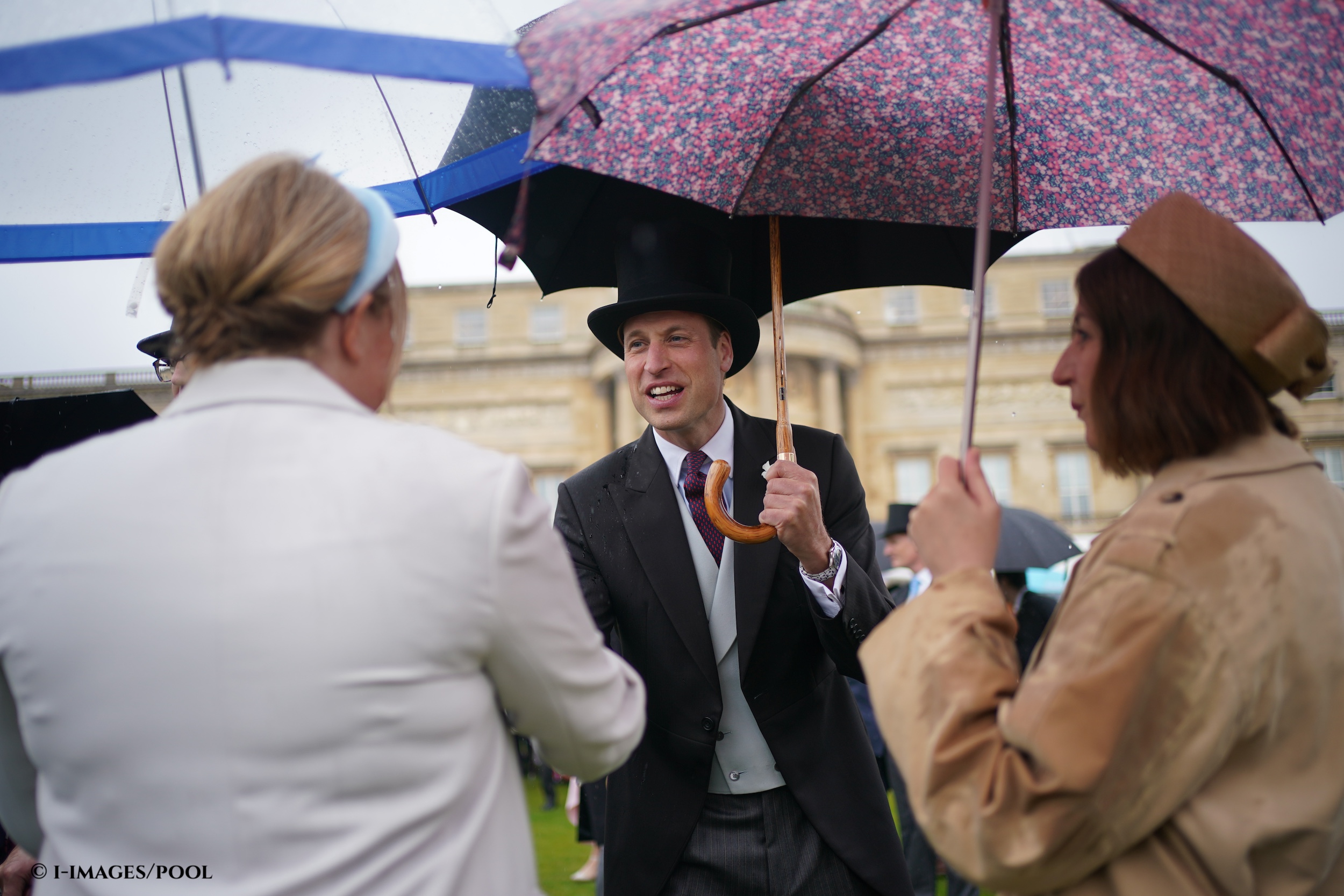
State occasions: The Coronation of The King and Queen took place on 6th May 2023 costing £600,000, while there were an extra £200,000 spent in relation to this, totalling £800,000.
Bills: Utilities cost the Palace £5.7 million, up from £5.7 million.
Solar panels have been installed at Windsor Castle for the first time to support renewable energy practices, and also cut bills.
Housekeeping and office costs:
As far as household spending went, the bill for cleaning and laundry came to £1.1 million and £1.3 million went into buying stationery items, as well as printing, and postage.
2023-24 saw a busy year for incoming post, with Buckingham Palace receiving 138,303 items of correspondence from across the globe.
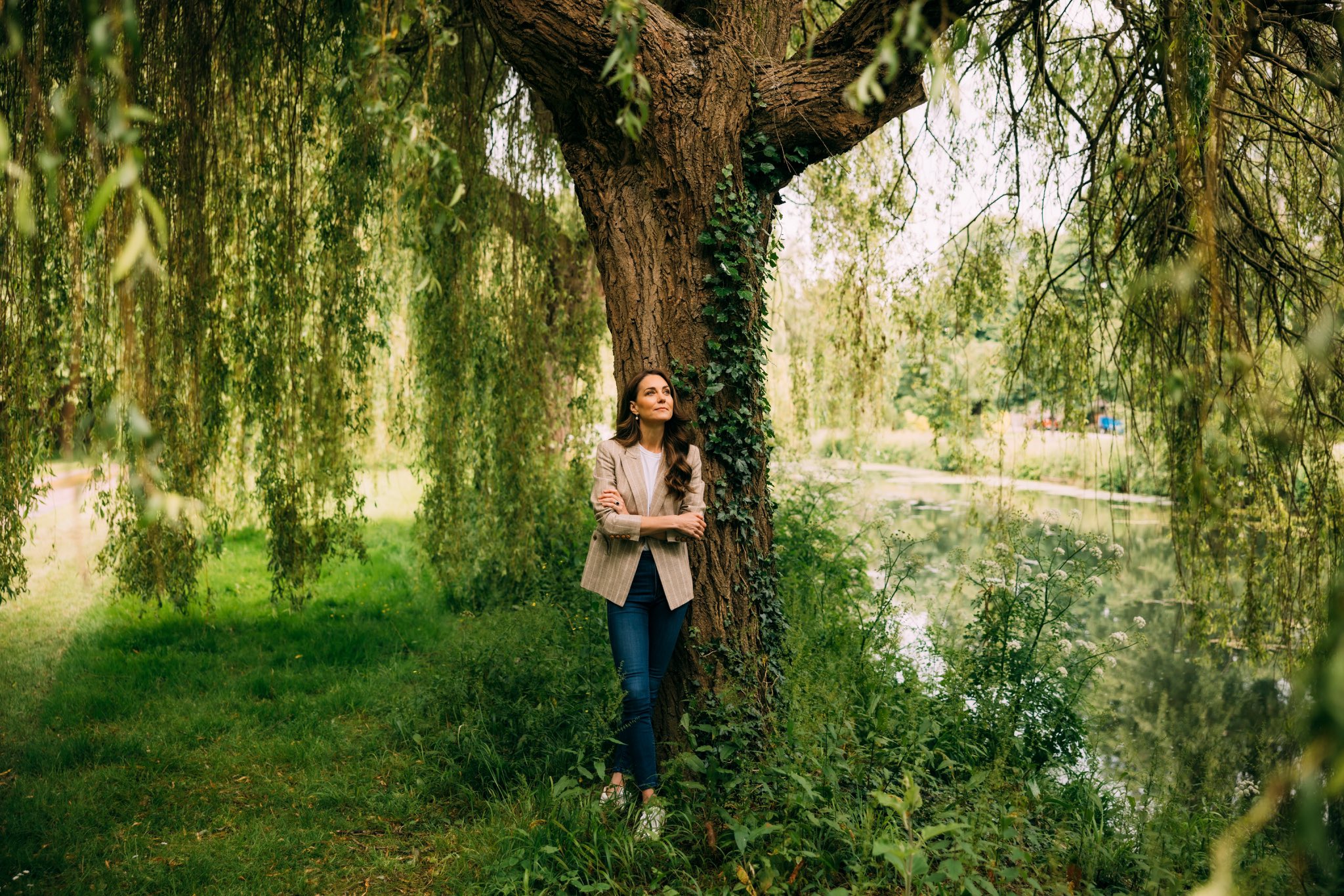
31,311 of these items related to Their Majesties’ Coronation, with a further 27,620 items received following The King’s cancer diagnosis. Subsequent levels of correspondence again increased following The Princess of Wales’ own cancer diagnosis.
A lot of people like to write to the Royals, especially around the time of birthdays and major moments such as Trooping, and often for Christmas or birthdays.
Security: The costs of protecting the Royal Family do not form part of the Sovereign Grant, instead coming from Home Office budgets via the Met Police.
Property maintenance: Core property maintenance increased £1.8 million to £16.6 million in the last 12 months, due to the recharge of £2.2 million of legacy costs from the Buckingham Palace reservicing programme.
These legacy costs relate to incidents of historic damage to Buckingham Palace identified and repaired during the renovations, which are outside the scope of the programme but need addressing.
As expected, property maintenance expenditure in respect of the reservicing of Buckingham Palace decreased to £30.4 million (2022-23 £43 million) in order to match activity to the available funding. This reduction comes after lending a further £3.9 million to the Buckingham Palace reservicing programme from the Core Sovereign Grant Reserve – ie the money saved from previous grants for future use such as this – in order to maintain momentum of the works.
These funds will be returned to the Core Sovereign Grant Reserve over the remainder of the programme.

Sustainability: A theme of sustainability was seen throughout the report, with His Majesty being an advocate for tackling climate change and using sustainable materials where possible. As such, solar panels have been installed at Windsor Castle and the historic gas lanterns at Buckingham Palace have been switched off, with a plan to install heat pumps at Windsor.
The two state Bentleys will also run on biofuel, while Royal Family seek to buy two new helicopters which will have tanks which can run at 50% capacity on sustainable aviation fuel (SAF) – a temporary tank for SAF will be held for royal flight refuelling at RAF Odiham. The helicopters will replace the existing 15-year-old models.
Sir Michael Stevens, Keeper of the Privy Purse noted that these the new developments were ‘small steps, but part of a much wider plan to make a significant impact on our carbon emissions in the years ahead’.
He said: ‘The two existing State Bentleys will undergo refurbishment in the coming year to enable them to run on biofuel. This is likely to be an interim measure as we begin discussions around the next generation of State vehicles being fully electrified.
‘The gas lanterns at Buckingham Palace, which were switched off during the recent energy crisis as a cost-saving measure, are being repurposed with specially-designed electrical fittings in such a way as to improve their energy efficiency while preserving their historic look and glow.’

